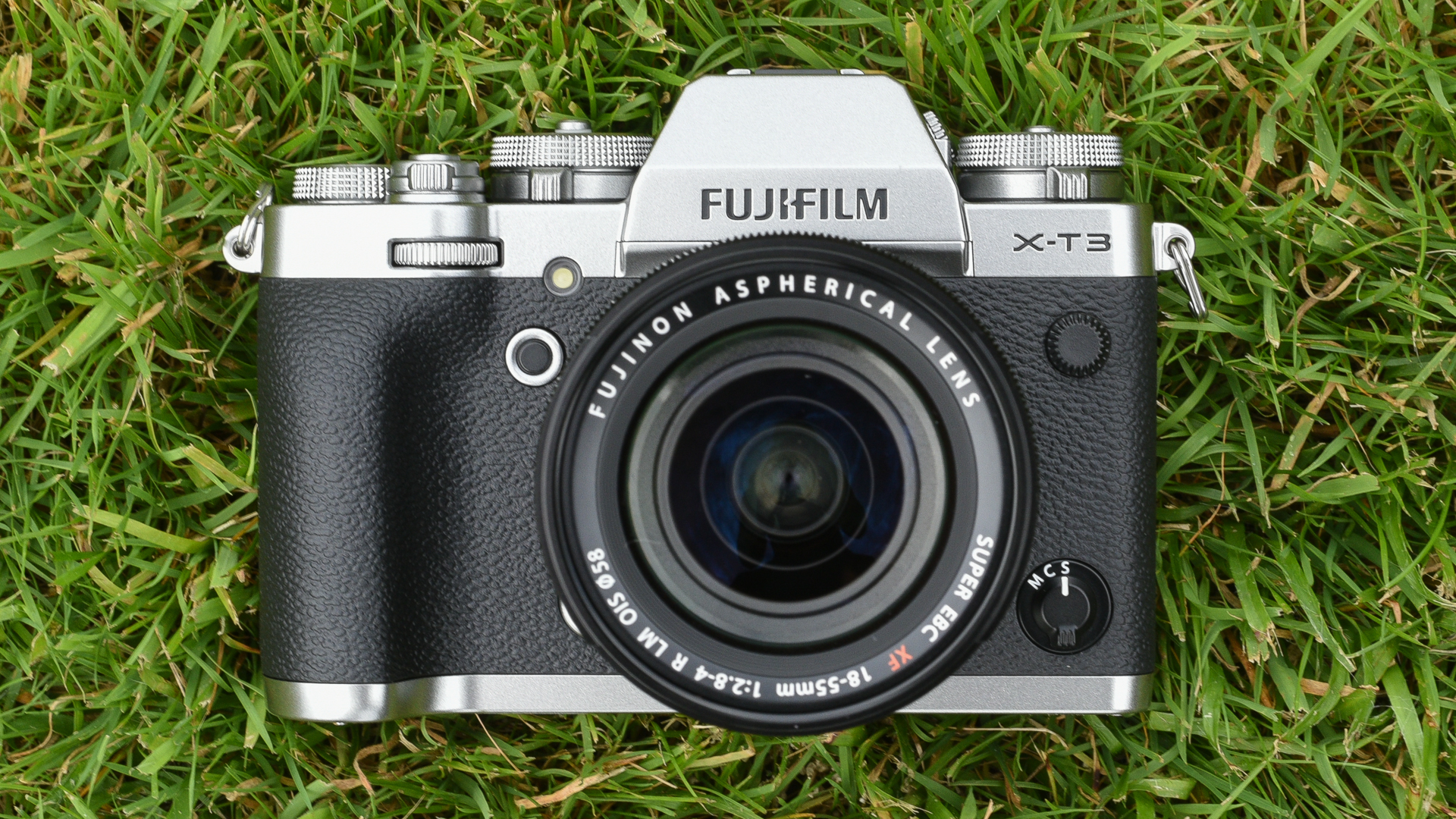I owned a Fujifilm X-T3 for 3 years and I NEVER used the film simulations
I'm a control freak when it comes to editing, so there is no way I'd let Fuji's in-camera presets do it for me

One of the selling points of Fujifilm camera systems is that they come with a range of simulation modes based on 35mm film. From Velvia and Provia to Acros and Sepia, you can change the look of your photos in just a few clicks of a button – and yet I’ve never bothered using them.
I used to own a Fujifilm X-T3 and honestly, parting with it was one of the hardest decisions. There were so many things I loved about it; the exposure control dials, the way it felt in my hand, how it looked, and ultimately how good the image quality was (when shooting in good lighting conditions). However, one feature I never used in the entire three years I owned it was the film simulation modes.
• What's the best Fujifilm camera right now?
As someone who does photography as a side hustle, I have a very clear idea of how I want my images to look. Even if I know I want to shoot black-and-white portraits I will shoot them in color, so that I have ultimate control over the tones when it comes to editing. For this reason, I never explored the film simulation modes because I knew I would just edit them how I wanted in post-production.
Personally, I don’t really know any professional photographer who would choose to shoot with a film simulation when you can just mimic a certain style using Lightroom. I’d rather have complete control over my photos than let a built-in filter do the work for me.
There are several reasons for this: 1) I’m a bit of a control freak and I approach editing in a very systematic way, 2) I wouldn’t want to regret not having the true, original photo, and 3) it just seems like a little bit of a gimmick. After all, no one really thinks sepia looks good, do they?
I can see the benefits of using film simulation modes for those people who don’t have photo editing software or who want to share images straight out of the camera with a little bit of an effect on them. I’m also not putting anyone down for using them, or saying that anyone who uses film simulation modes is any less good at photography, but for me personally, I don’t see the point.
The best camera deals, reviews, product advice, and unmissable photography news, direct to your inbox!
Fujifilm shouts about them like they’re something new, but my first ever point-and-shoot camera (the model I do not remember) even had different shooting modes such as black-and-white, selective color, sepia, high-contrast and so on, but it just didn't have the 35mm films to name them after.
I’m a Fujifilm fan through and through, (even though I now shoot with a Sony A7 III). I still kept hold of my Fujifilm X-T1 to take on holidays or to events where I might not be able to have my camera on me at all times. If you like using the film simulation modes then continue to use them, but honestly, I'd love the Fujifilm systems just as much if they didn’t exist.
Read more:
Best Fujifilm lenses
Best mirrorless cameras
Best Sony cameras

Having studied Journalism and Public Relations at the University of the West of England Hannah developed a love for photography through a module on photojournalism. She specializes in Portrait, Fashion and lifestyle photography but has more recently branched out in the world of stylized product photography. Hannah spent three years working at Wex Photo Video as a Senior Sales Assistant, using her experience and knowledge of cameras to help people buy the equipment that is right for them. With eight years experience working with studio lighting, Hannah has run many successful workshops teaching people how to use different lighting setups.

